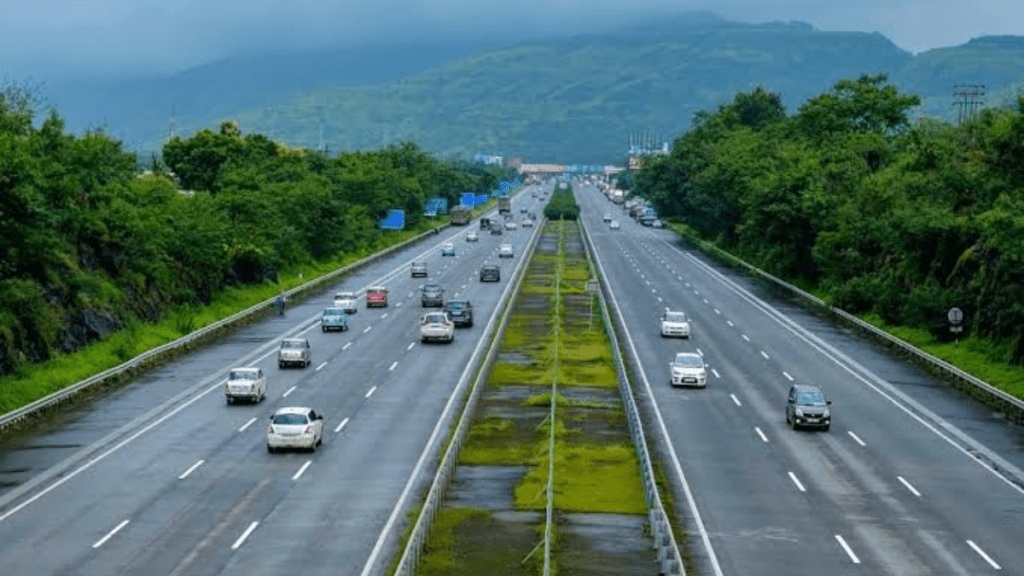In recent years, the Indian government has intensified its efforts to bolster infrastructure development, a cornerstone of its economic growth strategy. Minister of State for Finance Pankaj Chaudhary recently highlighted the PM Modi administration’s significant increase in capital expenditure, underscoring its commitment to transforming India into a developed nation by 2047.
Record-Breaking Capital Expenditure
The government’s capital expenditure has seen a steady and dramatic rise. From Rs 5 lakh crore in 2021-22, it surged to Rs 11.11 lakh crore in 2024-25, marking a clear focus on strengthening India’s infrastructure framework. This allocation includes substantial investments in roads, railways, and air connectivity, sectors that have witnessed notable progress over the past decade.
“The focus of the Modi Government is on building infrastructure… India’s road, air, and rail connectivity has improved considerably over the last 10 years,” Chaudhary stated. Such advancements are vital for fostering economic growth, creating jobs, and improving the quality of life for millions of citizens.
Vision 2047
Prime Minister Narendra Modi’s vision of a “Viksit Bharat” (Developed India) by 2047 aligns with the country’s centenary of independence. According to NITI Aayog’s “Vision for Viksit Bharat @ 2047” document, the roadmap is ambitious yet achievable. The plan sets India on a trajectory to become a USD 30 trillion economy with a per capita income of USD 18,000 per annum.
Currently, India’s GDP stands at USD 3.36 trillion, with a per capita income of USD 2,392 per annum. To meet these targets, the economy must expand ninefold, necessitating sustained, high-quality growth over the next two decades.
Key Initiatives Driving Growth
- Connectivity Projects: Massive investments in highways, railways, and airports are transforming India’s transport ecosystem, reducing travel time, and improving logistics efficiency.
- Industrial Corridors: Developing dedicated freight corridors and special economic zones (SEZs) to attract investment and boost manufacturing.
- Digital Infrastructure: Expanding internet penetration and deploying 5G technology to empower businesses and bridge the urban-rural divide.
- Renewable Energy: Increasing focus on solar, wind, and hydropower to meet growing energy demands sustainably.
Budgetary Commitments
Chaudhary emphasised that budgetary allocations for infrastructure will continue to be a priority in the upcoming Budget for 2025-26. This commitment is expected to fuel both public and private sector investments, creating a multiplier effect on the economy.
Challenges Ahead
While the roadmap is promising, achieving these goals requires overcoming significant challenges, including:
- Ensuring efficient project execution to avoid delays and cost overruns.
- Mobilising private sector investments alongside public spending.
- Addressing socio-economic disparities to ensure inclusive growth.
The Modi government’s robust capital expenditure and strategic planning underscore its commitment to infrastructure-led growth. As India aims to join the ranks of high-income nations, achieving a USD 30 trillion economy by 2047 will demand unwavering focus, innovation, and collaboration. With the right policies and execution, the vision of “Viksit Bharat” can become a reality, heralding an era of unprecedented prosperity for the nation.
(With agency inputs)

